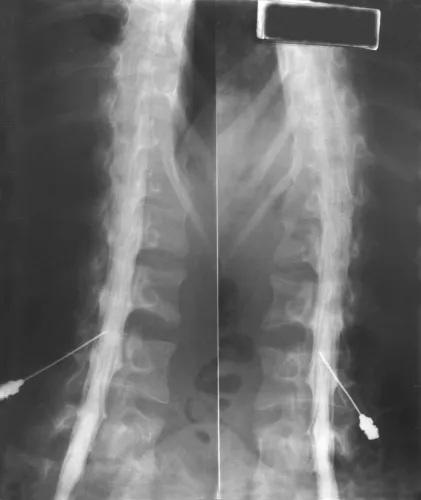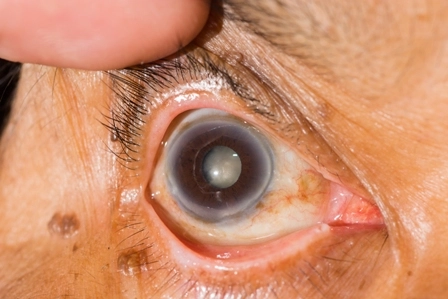Take Your RS&I Coding to the Next Level With This Guide

Check out numerous examples spanning multiple specialties. Radiological supervision and interpretation (RS&I) services can prove especially challenging to coders of all skill levels. You may come across RS&I services within nearly every subsection of the Diagnostic Radiology section of the CPT® manual, but you may not code them with enough frequency to fully grasp how they work. The real challenge with RS&I services is understanding how they fit into different surgical and radiological specialties. Use this guide to break down an RS&I service into its bare bones — and see how it can be applied to real world scenarios. Begin by Outlining Radiologist’s Role The first point you’re going to want to consider regarding RS&I procedures is whether the radiologist performs the surgical portion of the service in addition to the RS&I portion. For instance, you may come across clinical scenarios in which an interventional or diagnostic radiologist will perform both the contrast injection and RS&I components of an arthrography exam. In other encounters, the radiologist will exclusively perform the RS&I component while a surgeon of another specialty performs the underlying procedure. Once you’re able to make the determination of the extent of the radiologist’s involvement, all you’ve got to do next is come up with the appropriate CPT® codes to report. But sometimes that can be easier said than done. Work Through Some Myelography Examples To start, you’re going to have a look at some services that involve RS&I codes that are traditionally exclusively performed by a radiology provider. During a myelography exam, for instance, the radiologist will advance a spinal needle under fluoroscopic guidance for a contrast injection in the spine. Coding a myelography can differ from that of another RS&I service because, depending on what’s documented, you may be able to report an all-encompassing code. These codes include both the surgical component and the RS&I component. For instance, if the myelography report includes the injection of contrast under fluoroscopic guidance and follow up X-ray/computer tomography (CT) imaging, you’ll report a single code such as: However, if the provider only documents the injection of contrast under fluoroscopic guidance without true radiographic or CT imaging, then you’ll report one code for the injection and another for the fluoroscopic guidance. This means you won’t be reporting any RS&I code. For instance, this is how you’d code a lumbar myelography under fluoroscopic guidance only: See What Changes When Working Alongside Other Specialties You’ll find similar situations involving the interventional radiology specialty. While the radiologist may perform the entirety of the procedure, there may not be an all-encompassing code that includes both portions. Consider a scenario involving the change of an abscess drain catheter. In the operative report, the surgeon documents the injection of contrast into the cavity and subsequent removal and replacement of an abscess drainage catheter under fluoroscopic guidance. Here, you’ve got the provider performing both the surgical and radiological portions of the service, including a formal dictation. You’ll report the following codes: Know When to Separate Radiological, Surgical Services Lastly, consider a scenario where a radiologist performs an interpretation service alongside a physician of another specialty. You’ll find this scenario play out with surgeries involving a cystourethroscopy and a retrograde pyelogram. Consider cystourethroscopy code 52005 (Cystourethroscopy, with ureteral catheterization, with or without irrigation, instillation, or ureteropyelography, exclusive of radiologic service). The code description “exclusive of radiologic service” means that only the surgical component of the pyelogram is included in 52005. Assuming that a radiologist is tasked with interpreting the retrograde pyelogram, you’ll find that this procedure involves two distinct reports. If you’re coding for the radiologist, you won’t have access to the surgical report; however, the report for the interpretation of the retrograde pyelogram will look something like the following: “Most often, the surgeon will perform the retrograde pyelogram, but this radiological interpretation will be performed by a radiologist,” says Barry Rosenberg, MD, chief of radiology at United Memorial Medical Center in Batavia, New York. While the radiologist formally interprets the retrograde pyelography, that doesn’t mean that the urologist performing the service doesn’t utilize the fluoroscopic imaging throughout the course of the surgery. It just means that the surgeon’s utilization of the fluoroscopic imaging (without interpretation) is inclusive of code 52005. Since the surgical component of the pyelography is included in 52005, you need to know exactly how to submit code 74420 (Urography, retrograde, with or without KUB) for the radiologist’s portion of the service. “The radiologist performing the interpretation will submit 74420 with modifier 26 [Professional Component],” says Lindsay Della Vella, COC, medical coding auditor at Precision Healthcare Management in Media, Pennsylvania. “The urologist should only report 74420 when both performing the pyelography and subsequently interpreting the results,” Della Vella explains. Coder’s note: The code description in 74420 includes KUB, but does not require documentation of X-rays of the kidneys, ureters, or bladder in order to report it. As you can see in the example radiological interpretation report of the retrograde pyelography above, there is no documentation of X-ray imaging whatsoever. This still qualifies as 74420-26.




